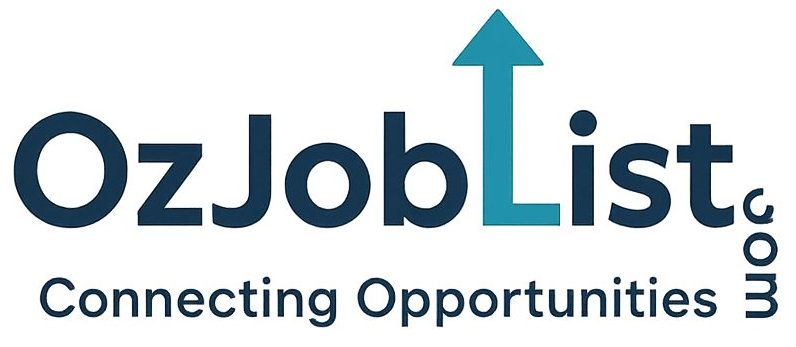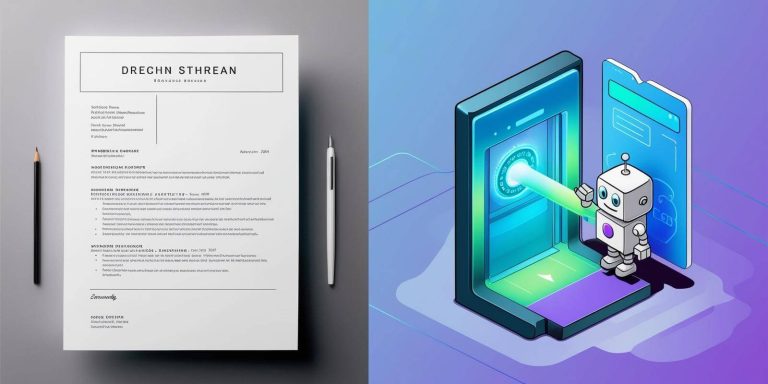Securing job sponsorship in Australia is a goal for many skilled professionals globally, but the process is often clouded by misinformation and hearsay. These Australian sponsorship myths can create unrealistic expectations or unnecessary discouragement. Let’s debunk some common misconceptions and look at the facts about visa sponsorship to understand the getting sponsored Australia reality as of April 2025.
Myth 1: Any Australian company can sponsor an overseas worker.
- Reality: This is incorrect. Only businesses that have applied for and been approved by the Department of Home Affairs as a Standard Business Sponsor (SBS), or those operating under a specific Labour Agreement, are eligible to sponsor skilled workers for visas like the Temporary Skill Shortage (TSS) 482, Employer Nomination Scheme (ENS) 186, or Skilled Employer Sponsored Regional (SESR) 494. Companies must meet specific criteria related to their legal operation, financial standing, commitment to local employment, and demonstrate a genuine need for the nominated position that they cannot fill locally.
Myth 2: Getting a sponsored visa (like the TSS 482) is a guaranteed pathway to Permanent Residency (PR).
- Reality: Sponsorship is often a step towards PR, but it’s rarely a guarantee. While visas like the 482 (Medium-Term stream) and the 494 (Regional) provide defined pathways to permanent visas (like the 186 or 191), progression is not automatic. The visa holder must typically work for their sponsor for a specified period (usually 2-3 years depending on the visa pathway) and then meet all the eligibility criteria for the permanent visa application at that future time. These criteria include factors like age (usually under 45), skills, potentially further English tests, health, and character checks. Importantly, the 482 visa’s Short-Term stream generally does not offer a direct pathway to PR.
Myth 3: It’s impossible to find an employer willing to sponsor you.
- Reality: While finding a sponsor is undoubtedly one of the biggest hurdles and requires significant effort, it is far from impossible. Many Australian employers face genuine skill shortages and rely on sponsorship programs to fill critical roles. Your success heavily depends on:
- Demand: Is your occupation on the relevant skilled occupation list and in demand?
- Skills & Experience: Do you meet the requirements for the role and the visa?
- English Proficiency: Can you meet the required level?
- Search Strategy: Are you looking in the right places? Using job boards effectively, networking, and leveraging platforms like Ozjoblist (which specifically lists sponsorship opportunities) significantly increases your chances.
- Persistence: It often takes time and many applications. The getting sponsored Australia reality is that it’s competitive but achievable with the right approach.
Myth 4: Sponsorship is only for high-paying executive jobs.
- Reality: This is a common misconception. While sponsored workers must be paid at least the Temporary Skilled Migration Income Threshold (TSMIT), which is currently AUD 70,000 per year plus superannuation, and meet market salary rates, sponsorship covers a broad spectrum of skilled occupations. This includes many trades (electricians, carpenters, mechanics), healthcare professionals (nurses, doctors), IT specialists, engineers, teachers, chefs, agricultural workers, and many more found on the official skilled occupation lists, not just C-suite executives.
Myth 5: Once sponsored, you’re trapped with that employer forever.
- Reality: You are not permanently bound to your sponsor. If you are on a temporary sponsored visa like the TSS 482 and wish to change jobs, you can. The process involves finding a new employer who is an approved sponsor and is willing to lodge a new nomination application for you. Once that nomination is approved, you can commence work with the new employer. You have a limited window (currently 180 days) after ceasing employment with your original sponsor to secure this new nomination, obtain a different visa, or depart Australia.
Myth 6: The sponsoring employer pays for absolutely everything related to the visa.
- Reality: Employers are legally obligated to pay certain costs associated with sponsorship and nomination, including the SBS application fee, the nomination fee, and the Skilling Australians Fund (SAF) levy. They cannot lawfully pass these costs onto the visa applicant. However, the costs directly associated with the visa application itself – the Visa Application Charge (VAC), English language tests, skills assessments, health examinations, police checks, and mandatory health insurance (for temporary visas) – are generally the responsibility of the visa applicant. Some employers may offer to cover these as part of an attractive package, but it’s not legally required.
Myth 7: If an employer really wants me, they can get around requirements like English tests or skills assessments.
- Reality: This is false. Australian immigration law is strict. Both the employer and the employee must meet all the legislative requirements for the specific visa subclass and stream. This includes mandatory English language proficiency levels (usually proven via approved tests unless specific exemptions apply) and, for many occupations and visa streams, a positive skills assessment from the relevant assessing body. An employer’s strong desire to hire someone cannot override these non-negotiable government regulations. Believing otherwise is one of the riskier Australian sponsorship myths.
Conclusion
Understanding the facts about visa sponsorship is crucial for anyone considering this pathway to work in Australia. While challenges exist, they are often navigable with proper research, preparation, and realistic expectations. By separating myth from reality, you can better strategize your job search and approach the sponsorship process with confidence. Good luck!
Disclaimer: Information is current as of April 11, 2025, but visa regulations and policies can change. Always consult the official Department of Home Affairs website for the latest requirements. Sources and related content



